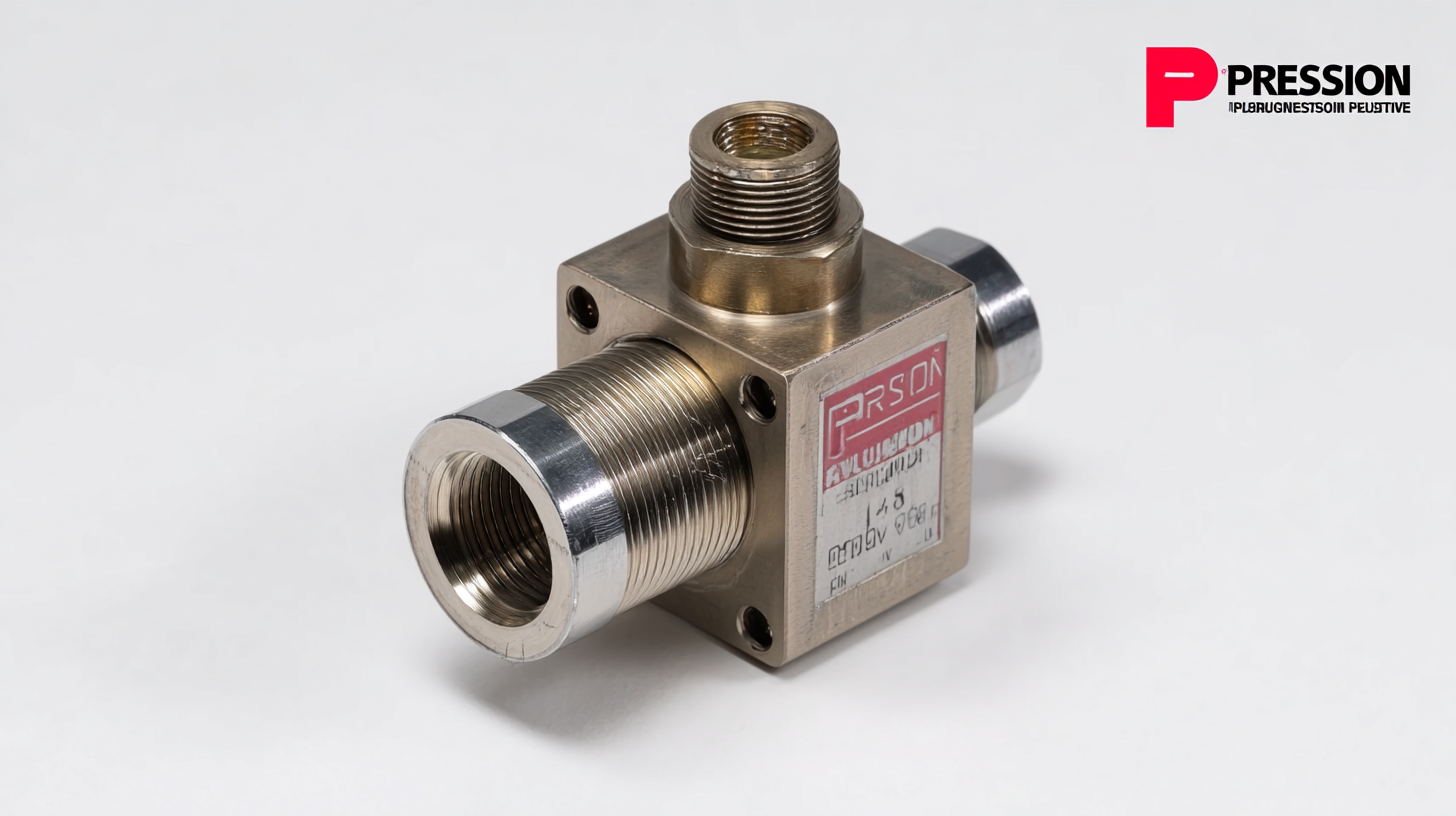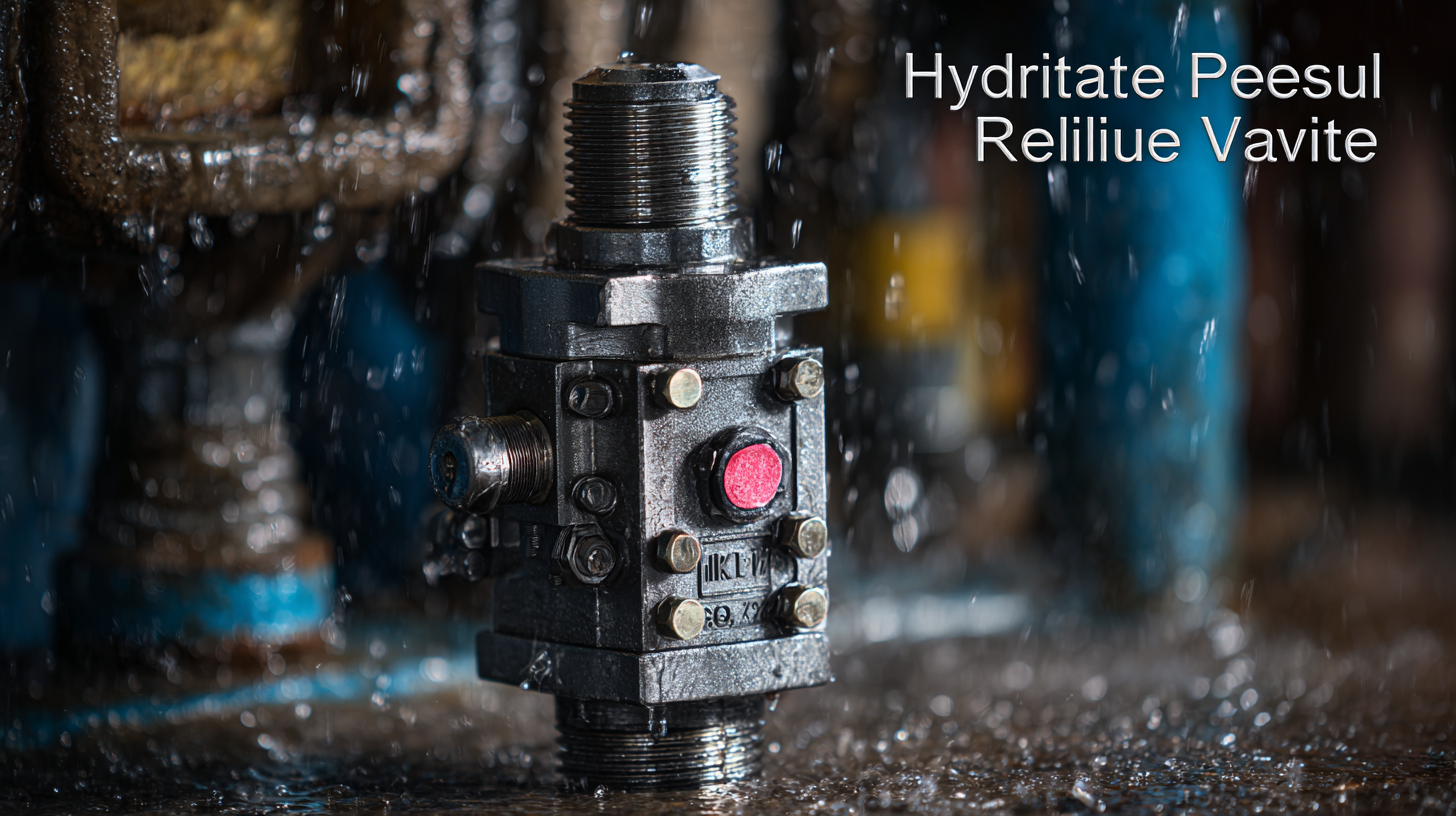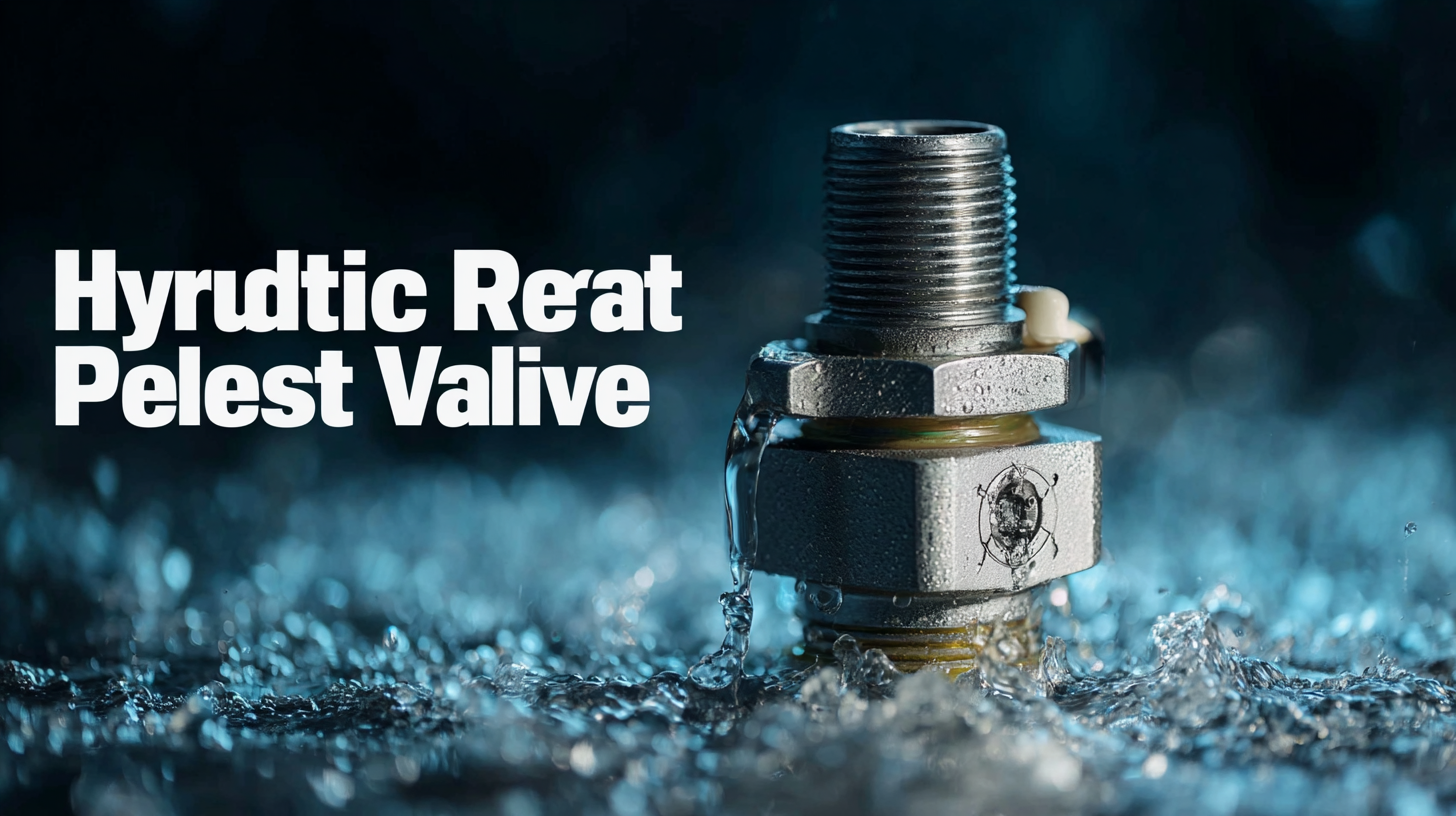How to Select the Best Hydraulic Pressure Relief Valve for Your Application
In the world of hydraulic systems, the importance of selecting the right Hydraulic Pressure Relief Valve cannot be overstated. According to a recent report by Research and Markets, the hydraulic valves market is expected to reach $12 billion by 2027, driven by the increasing demand for fluid power systems across various industries. A Hydraulic Pressure Relief Valve plays a critical role in maintaining optimal system pressure and preventing catastrophic failures. These valves not only protect equipment but also enhance operational efficiency and safety. With the right selection, industries can reduce downtime and maintenance costs significantly. As hydraulic technology continues to evolve, understanding the parameters that define the best relief valve for specific applications becomes essential for engineers and operators alike. This blog aims to provide comprehensive insights into the selection process, equipping readers with the knowledge needed to make informed decisions in this essential aspect of hydraulic system engineering.

Key Factors to Consider When Choosing a Hydraulic Pressure Relief Valve
When selecting the best hydraulic pressure relief valve for your application, several key factors must be considered to ensure optimal performance and safety. One primary consideration is the pressure range, which should align with the specific requirements of your hydraulic system. According to a report by the Hydraulic Institute, approximately 70% of hydraulic system failures can be traced back to improperly set relief valves. Thus, accurately determining the required pressure settings is crucial to prevent system damage and maintain operational efficiency.
Another important factor is the valve's response time. A study conducted by the American Society of Mechanical Engineers found that hydraulic systems with faster response relief valves improved overall efficiency by nearly 15%. This is particularly vital in applications where rapid pressure changes can occur, such as in mobile equipment or high-speed manufacturing. Additionally, compatibility with fluid types and operating temperatures is essential; valves that are not suited for specific fluid characteristics can lead to catastrophic failures or reduced lifespan.
Therefore, thorough analysis and consideration of these factors can significantly enhance the reliability and effectiveness of hydraulic pressure relief valves in your system.
Common Industries Benefiting from Hydraulic Pressure Relief Valves
Hydraulic pressure relief valves play a crucial role across various industries by ensuring safe and efficient operation of hydraulic systems. One of the primary sectors benefiting from these valves is the manufacturing industry, where they are integral in protecting equipment from excessive pressure that can lead to damage or failure. In construction, hydraulic pressure relief valves ensure the safety of heavy machinery, preventing malfunctions that could halt projects and increase costs.
Tip: When selecting a hydraulic pressure relief valve for manufacturing or construction applications, consider the maximum operating pressure and flow requirements specific to your machinery.
The automotive industry also relies heavily on hydraulic pressure relief valves, especially in brake systems and hydraulic steering. These valves are essential for maintaining consistent pressure and ensuring vehicle safety. Moreover, in the aerospace sector, stringent safety standards demand efficient pressure management in hydraulic systems, making pressure relief valves indispensable.
Tip: Always consult industry-specific guidelines and standards to ensure that the hydraulic pressure relief valve meets regulatory requirements and safety norms for your particular application.

Different Types of Hydraulic Pressure Relief Valves Explained
When selecting a hydraulic pressure relief valve, understanding the different types available is crucial to ensure optimal performance in your application. The most common types include direct-acting, pilot-operated, and sequence valves. Direct-acting relief valves are simple and effective for low-pressure applications. They use a spring to keep the valve closed until the pressure reaches a predetermined level, allowing fluid to escape and preventing system overload.
Pilot-operated relief valves, on the other hand, are better suited for high-pressure systems. They utilize a pilot valve that opens before the main valve, providing a more stable and precise pressure control. This type of valve minimizes pressure spikes and can also accommodate a wider range of pressure settings. Lastly, sequence valves are designed to maintain a specific sequence of operation in hydraulic circuits, making them ideal for applications where multiple actuators must operate in a predetermined order. Each type has its unique advantages, so understanding their functions will help you select the right valve for your hydraulic system's needs.
How to Select the Best Hydraulic Pressure Relief Valve for Your Application
| Valve Type | Operation Mode | Pressure Range (PSI) | Applications | Advantages | Disadvantages |
|---|---|---|---|---|---|
| Spring Loaded | Mechanical | 500 - 3000 | Hydraulic systems, Industrial machinery | Simple design, Cost-effective | Limited pressure adjustment |
| Pilot Operated | Hydraulic pilot | 1000 - 6000 | Heavy machinery, Construction equipment | High flow capability, Wide pressure range | Complex design and setup |
| Electrohydraulic | Electronic control | 250 - 5000 | Automated systems, Robotics | Precise control, Programmable settings | Higher cost, Maintenance-sensitive |
| Pop-off | Mechanical, spring-actuated | 750 - 3000 | Agricultural equipment, Small machinery | Compact design, Quick response | Not suitable for high flow |
Real-World Applications of Hydraulic Pressure Relief Valves
Hydraulic pressure relief valves are critical components in various industrial applications, ensuring the safe operation of hydraulic systems by preventing excessive pressure buildup. In sectors such as construction, agriculture, and manufacturing, these valves play an indispensable role. According to a report by MarketsandMarkets, the global hydraulic valves market is projected to reach USD 12.9 billion by 2025, highlighting the growing reliance on efficient hydraulic systems across industries.
In real-world applications, the effectiveness of hydraulic pressure relief valves can significantly impact equipment performance and operator safety. For instance, in mobile machinery like excavators, the presence of well-calibrated relief valves can prevent catastrophic system failures, reducing downtime and repair costs. Data from the International Journal of Fluid Power indicates that hydraulic system failures due to unregulated pressure can result in losses exceeding 10% of a company's operational efficiency, emphasizing the importance of selecting the right relief valve for specific applications. With advancements in valve technology, integrating features such as adjustable settings and quick response times can further enhance the reliability and efficiency of hydraulic systems in dynamic environments.

Best Practices for Installing and Maintaining Hydraulic Pressure Relief Valves
When installing hydraulic pressure relief valves, adhering to best practices is crucial to ensure optimal performance and longevity. First, always refer to the manufacturer’s specifications to select the appropriate valve size and pressure setting for your application. Proper mounting is essential; position the valve close to the hydraulic actuator to minimize pressure drops and response time. Additionally, ensure that all connections are secure and leak-free, as any leakage can compromise system efficiency and safety.
Regular maintenance is vital for the effective operation of hydraulic pressure relief valves. It’s recommended to perform routine inspections to check for wear, corrosion, or debris that may affect valve functionality. Periodic testing should be conducted to confirm that the valve opens at the specified pressure and returns to a closed position promptly. If any discrepancies arise during testing, adjustments or replacement may be necessary to prevent system failures. By implementing these practices, you ensure not only the reliability of the hydraulic system but also the safety of your operations.
Hydraulic Pressure Relief Valve Selection Criteria
This chart illustrates the ranking of best practices for selecting hydraulic pressure relief valves based on various critical selection criteria such as flow rate, pressure setting, response time, temperature range, and size. Each criterion is ranked from 1 to 10, with higher values indicating greater importance in the selection process.
